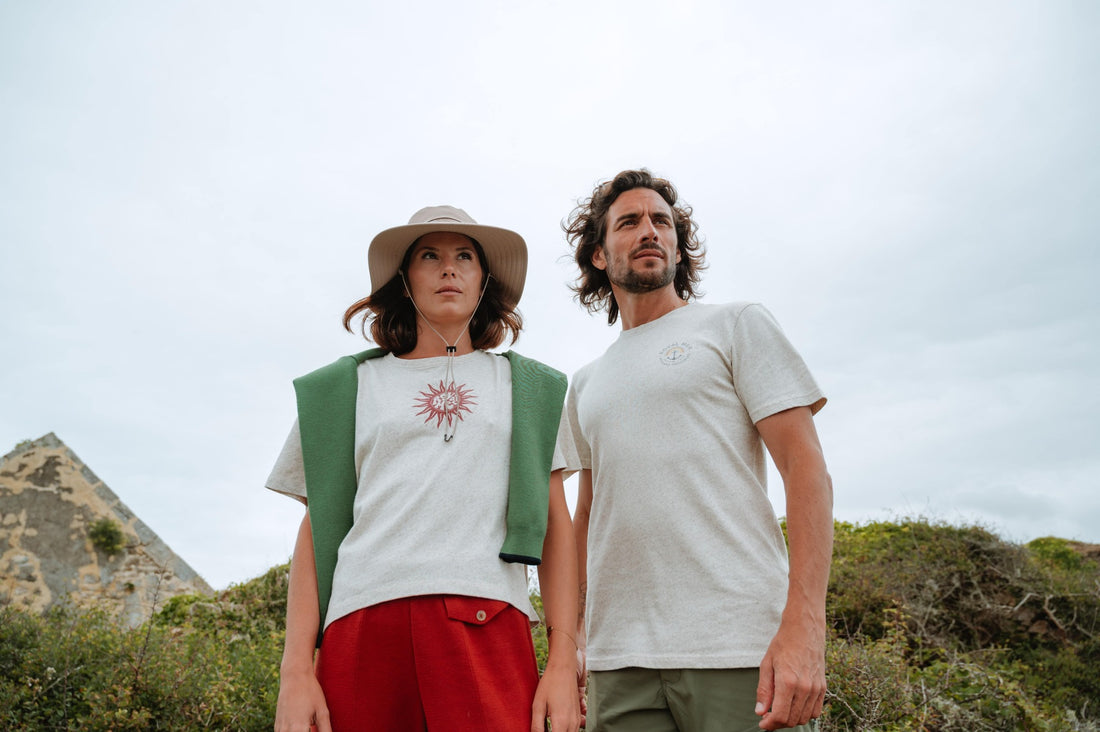
Textile hemp: An ecological and comfortable solution
History and Origin
Textile hemp has a fascinating history. The oldest clothing fabrics found, dating back to 4,000 BC, come from China. This long tradition is a testament to the durability and historical importance of hemp in textile manufacturing.

Manufacturing Process
The transformation of hemp into textiles begins with spinning, where the fibers are untangled, aligned, and spun. The metric number (NM) determines the thickness of the yarn, influencing the texture and appearance of the final product. The yarns are then knitted or woven to obtain fabrics with elastic and resistant properties, ideal for clothing such as t-shirts and socks. Finally, treatments such as bleaching, dyeing, and finishings make hemp textiles aesthetic and comfortable.

Properties and Benefits
Hemp is valued for its many qualities. It is elastic, hypoallergenic, and improves over time, becoming softer after each wash. Its UV resistance and ability to dry quickly make it ideal for summer clothing. Additionally, its exceptional moisture management and antibacterial properties make it a healthy and comfortable choice for everyday use.

Sustainability and Ecology
Hemp is the most ecological material on the market. It consumes very little water, does not need pesticides, and helps regenerate soils. A hemp plantation absorbs as much CO2 as a forest of the same size, thus contributing to the reduction of greenhouse gases. Today, France is the leading producer of hemp, supporting a sustainable and responsible textile industry.

Uses
At Royal Mer, we integrate hemp into our products to offer clothing that combines comfort, style and durability. Our t-shirts in 85% cotton and 15% hemp benefit from all the exceptional properties of this natural fiber.





































